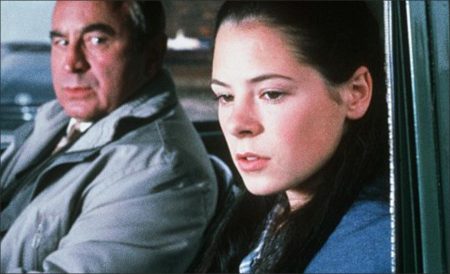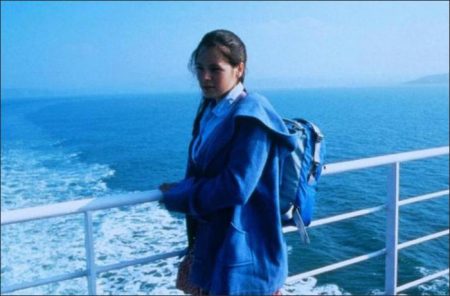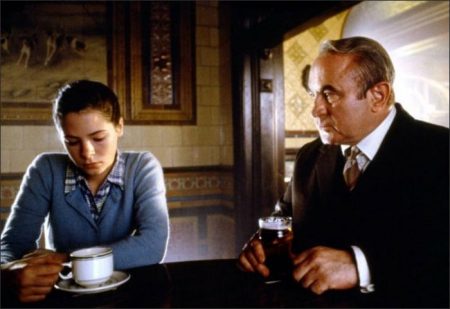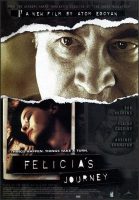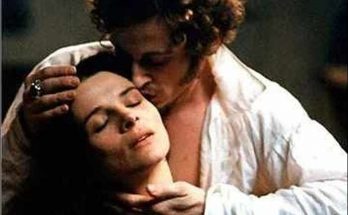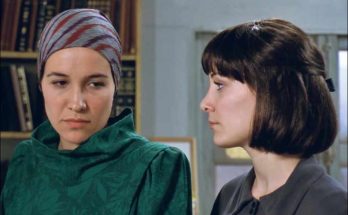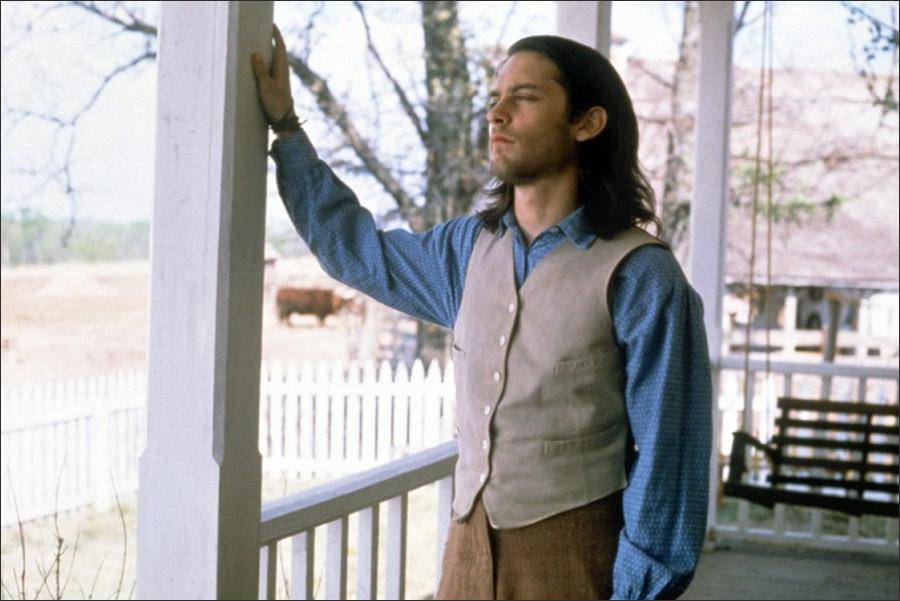Felicia’s Journey movie storyline. A lonely middle-aged catering manager spends all of his time studying tapes of an eccentric TV chef. Meanwhile, a young woman is making her way from Ireland to find her boyfriend, who moved to England to get a job in a lawnmower factory.
On arrival, she makes an early contact with the caterer, who recommends a boarding room to her. Slowly, it is revealed that the caterer has in fact befriended and subsequently abused more than a dozen young women. He, of course, now sets his sights on this woman. Much of the story is told in flashbacks, revealing how each of the characters grew to the point where they now find themselves.
Felicia’s Journey is a 1999 British-Canadian psychological thriller film written and directed by Atom Egoyan and starring Bob Hoskins, Elaine Cassidy, Peter McDonald, Sheila Reid, Arsinée Khanjian, Nizwar Karanj, Ali Yassine, Marie Stafford, Susan Parry and Mark Hadfield. It is based on the prize-winning 1994 novel of the same name by William Trevor. It was entered into the 1999 Cannes Film Festival and won four Genie Awards, including Best Adapted Screenplay.
Film Review for Felicia’s Journey
There have been television plays and drama series set in Birmingham, but offhand I can’t think of any big-screen movie before Felicia’s Journey that has been shot in England’s second city. And it’s taken a Canadian director born in Cairo, Atom Egoyan, working from a novel by an Irishman, William Trevor, to do it.
Felicia’s Journey has a firm sense of place, or rather of places, because the movie has two strands that take a while to become entwined. The fastidious middle-aged bachelor Joseph Hilditch (Bob Hoskins) works as the catering manager in a Birmingham factory, drives a 1960s Morris Minor and lives alone in a large suburban house furnished in a faded inter-war style.
His spare time is spent watching old black-and-white videos of an exotic TV cook called Gala (Arsinée Khanjian doing Fanny Craddock with an outrageous French accent), whose work he scrupulously emulates in his rather grand kitchen to the strains of sentimental 1950s ballads like ‘My Special Angel’ and ‘Faith of a Child’.
Meanwhile Felicia (Elaine Cassidy), a pregnant girl in her late teens, leaves a village in the Irish Republic to pursue her boyfriend to England, knowing only that he has gone to work in a factory in Birmingham. Their paths cross by chance then re-cross, not by chance. A sense of menace is created by the sympathetic interest the creepy, precise, fatherly figure takes in this vulnerable girl, wandering in a strange land.
Then we realise, first gradually, then with a sickening shock, that Felicia is not the first girl to be befriended by this sad recluse. He has a little library of them, recorded on a video concealed in his car. Gala, the late TV chef, to whom the Birmingham house is a shrine, was Hilditch’s overbearing mother and he is the Norman Bates of the Black Country just as the errant Felicia in search of her lover is the Marion Crane of County Cork.
These parallels with Hitchcock are not the only allusions to the master. A shot of Hilditch going upstairs bearing a drugged mug of cocoa evokes the celebrated scene of Cary Grant taking the poisoned glass of milk up to Joan Fontaine in Suspicion . But while there is menace and suspense in Felicia’s Journey , and a lot of black humour, there is no explicit violence.
Hilditch is a pitiful creature, warped by his upbringing and insulated from society. A significant biblical aspect to the movie – the expulsion from Eden – unites the main characters. Hilditch has created a false Eden to preserve his childhood in the family home; Felicia has been expelled from the verdant Irish countryside by her unforgiving, God-like father; a group of Birmingham fundamentalists preach a coming paradise on earth, but having taken Felicia in, expel her once more. The film’s final healing image centres on the tending of a small municipal garden in central London.
Like Egoyan’s last film, The Sweet Hereafter, this new one is a fable about transgression and forgiveness. Here the big city provides a context for alienation and man’s seeming insignificance of a sort that the snow-covered landscape of British Columbia supplied in the previous picture.
Hilditch out of doors is usually observed driving his little green Minor at the other side of a bleak wasteland, some brightly painted engineering equipment standing unused in the foreground. In the movie’s most striking image, the car carrying Hilditch and Felicia is seen from a distance, dwarfed beneath four enormous cooling towers, looking as insignificant as an insect going about its business.
Elaine Cassidy is touching as Felicia and Bob Hoskins has never been better than as the pathetic suburban monster seeking to save her. His flat Birmingham accent is perfect; his prissy lower-middle-class speech dotted with dated slang is dead on; his full name – Joseph Ambrose Hilditch – has the ring of the respectable English murderer.
The production designer, Jim Clay, who worked on The Singing Detective and The Crying Game , has done a fine job on the Hilditch home and its environs, and the Canadian cinematographer Paul Sarossy brings a fresh eye to the British scene. But everyone concerned with this beautifully crafted film is to be commended.
Felicia’s Journey (1999)
Directed by: Atom Egoyan
Starring: Bob Hoskins, Elaine Cassidy, Peter McDonald, Sheila Reid, Arsinée Khanjian, Nizwar Karanj, Ali Yassine, Marie Stafford, Susan Parry, Mark Hadfield
Screenplay by: Atom Egoyan
Production Design by: Jim Clay
Cinematography by: Paul Sarossy
Film Editing by: Susan Shipton
Costume Design by: Sandy Powell
Art Direction by: Chris Seagers
Music by: Mychael Danna
MPAA Rating: PG-13 for mature thematic elements and related disturbing images.
Distributed by: Artisan Entertainment
Release Date: November 12, 1999
Views: 203
